A fortress in chess refers to a defensive structure that’s difficult for your opponent to penetrate.
Essentially, it’s a position that protects your king and maintains control of key central squares.
Let’s see a very popular example:
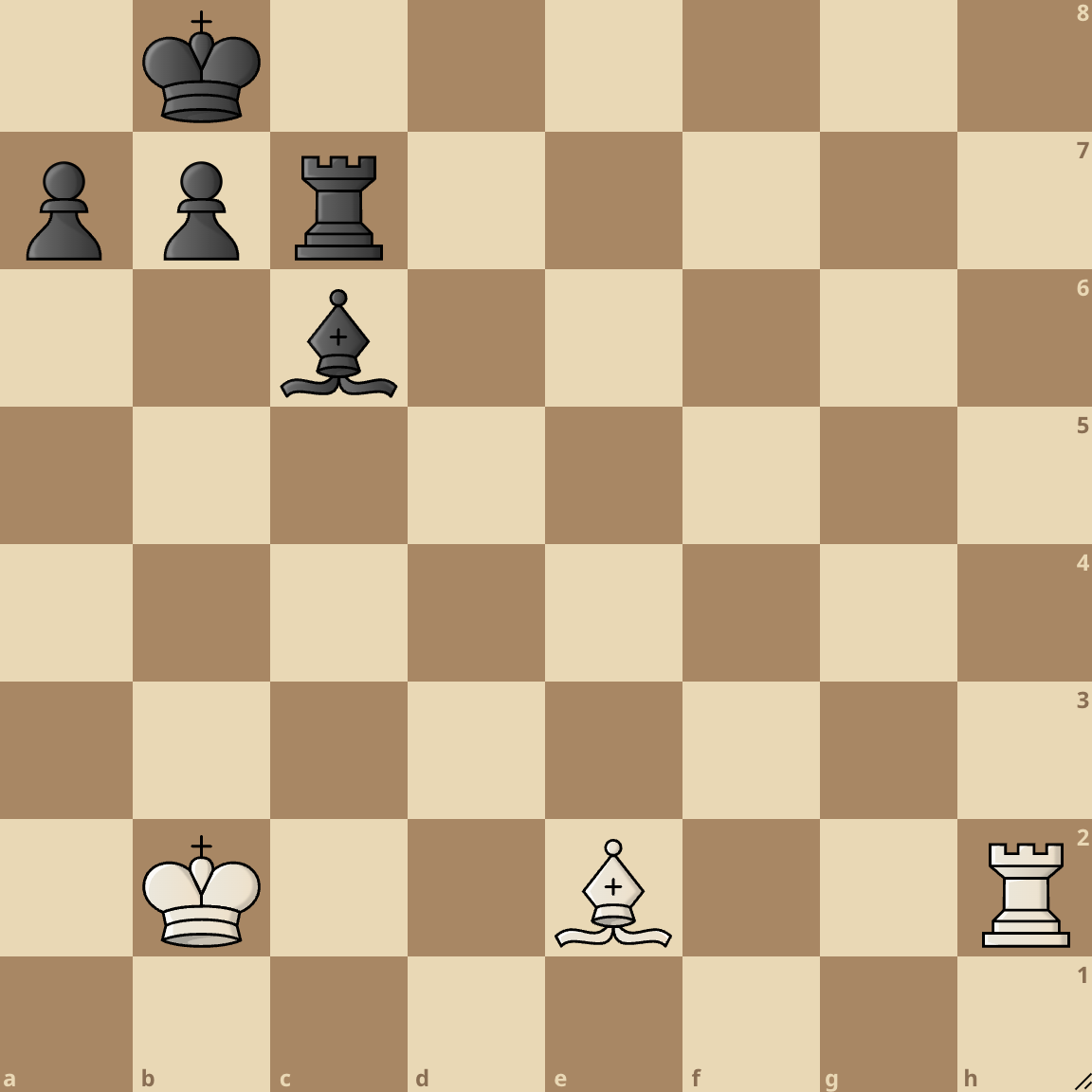
From first glance, White is absolutely lost. He’s two pawns down and the Black pawns are ready to roll down the board to queen.
But, what if we told you that there’s a crazy fortress here? Interesting, huh?
Let’s see it.
White starts with the move 1. Rh8+ checking the Black king 1…Rc8 Black is forced to block the check
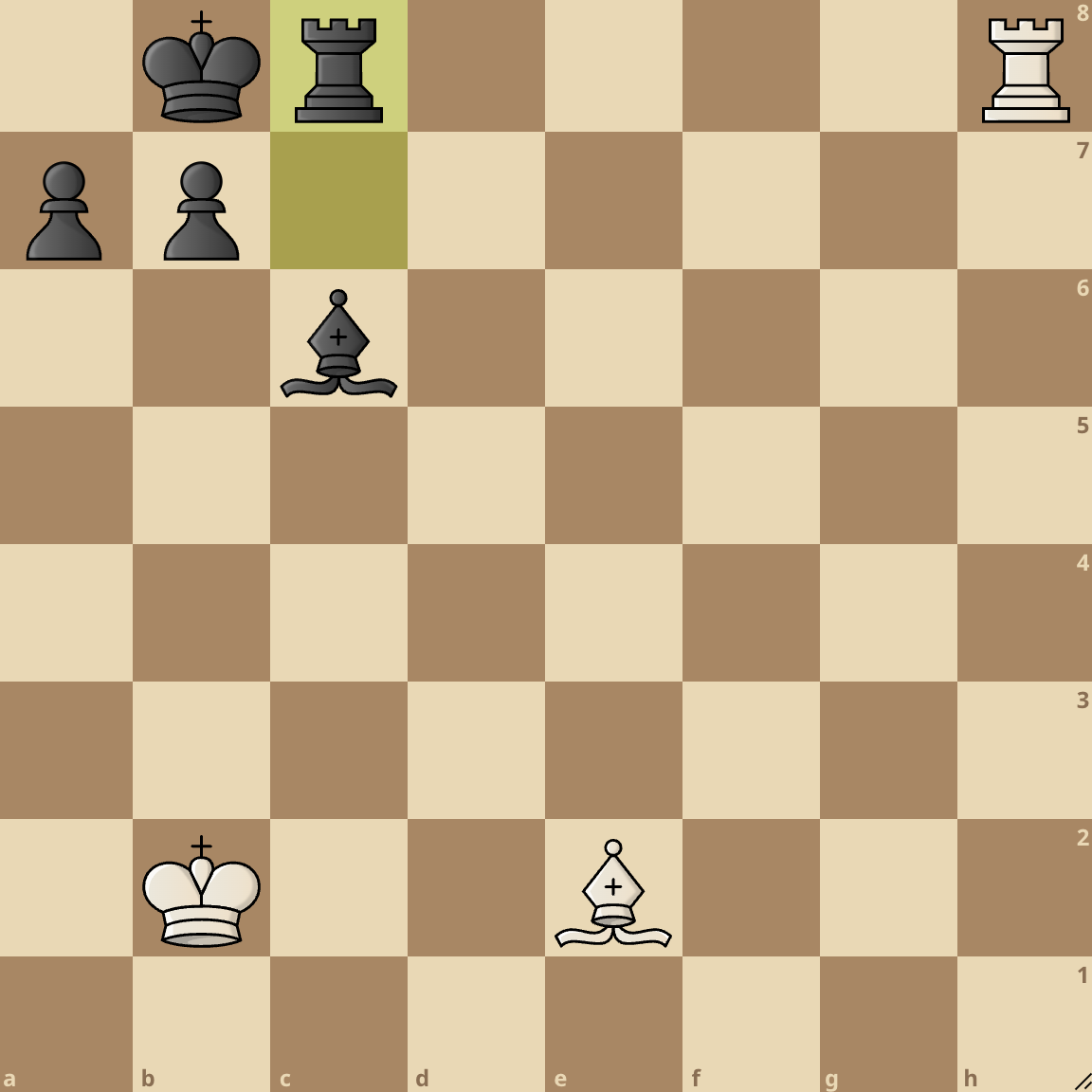
2. Rxc8+ This is all part of the sequence 2…Kxc8
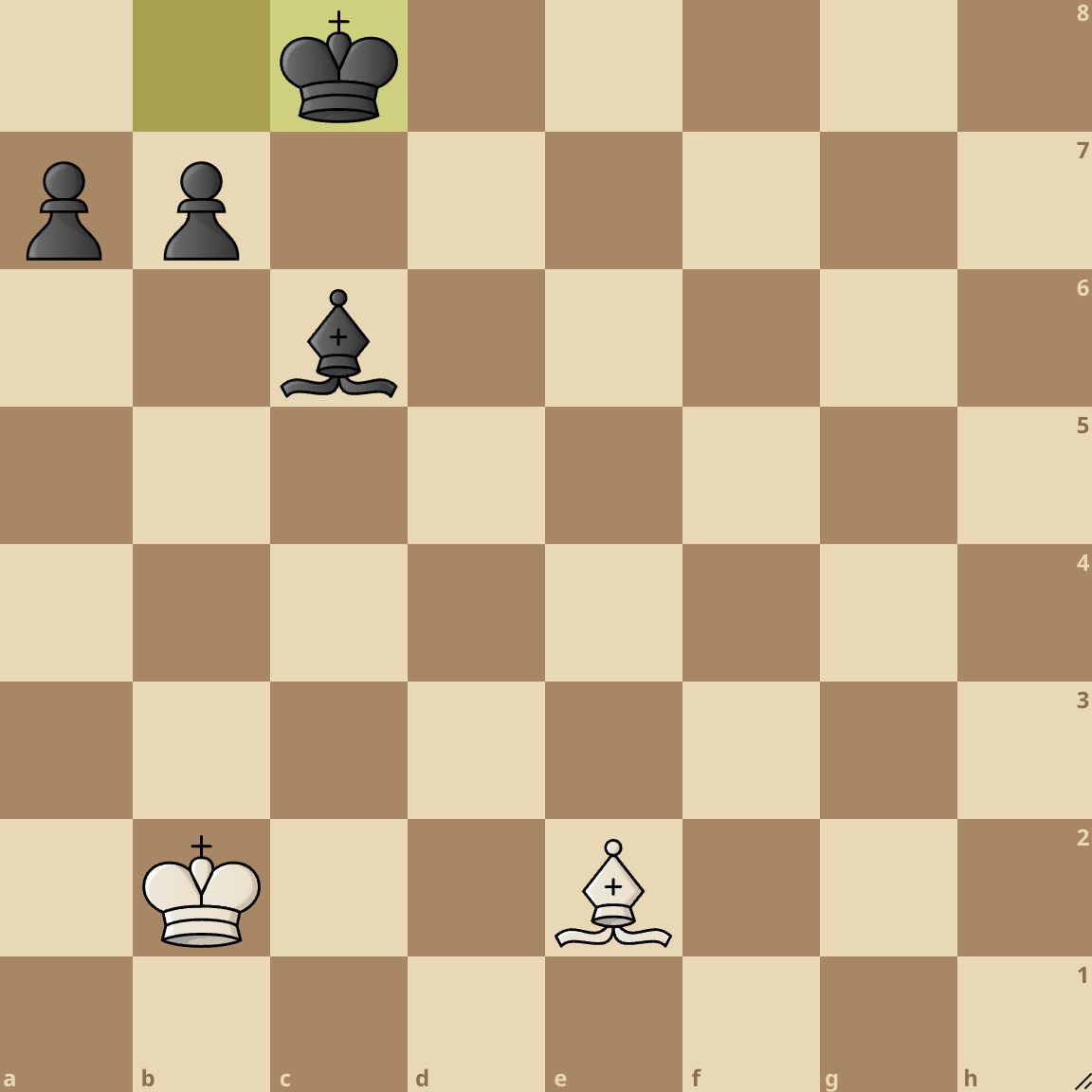
With the rooks off the board, we’re still left with Black’s two fearsome pawns. Is there a fortress here?
Oh, yeah! White plays the amazing and bamboozling 3. Ba6!!
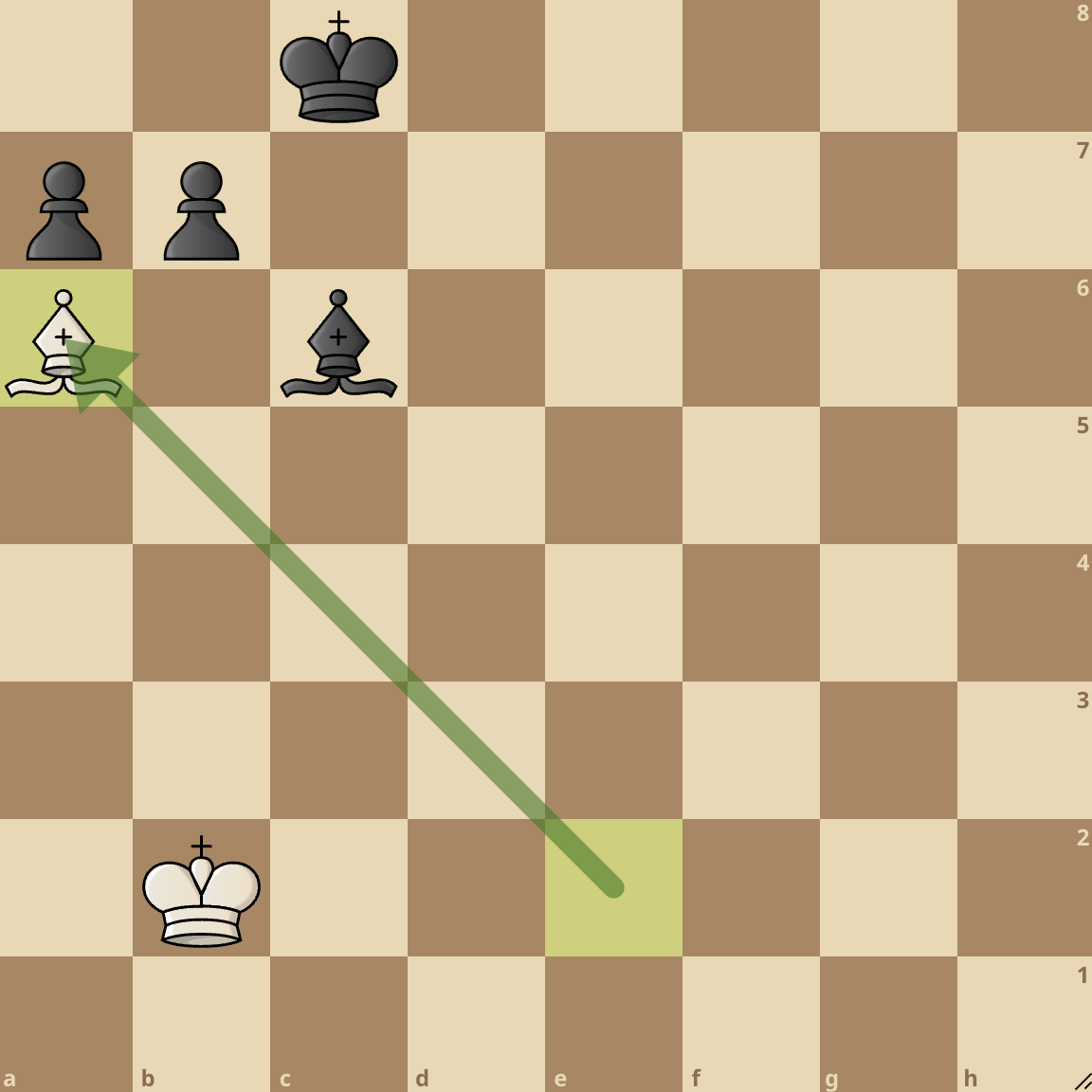
Wait. Isn’t White just sacrificing the bishop for nothing? Black can just capture it with a pawn.
Well, that’s exactly the point!
White is leveraging two weaknesses of Black simultaneously: The Black king on c8 and its ‘wrong bishop’.
Let’s start from the concept of the ‘wrong bishop’. It’s a common idea in chess that if your opponent has a rook pawn (pawn on the a- or h- files) and a bishop that can’t cover where the pawn is supposed to queen, it’s mostly a draw.
That’s because no matter what your opponent does, your king can always hide in the queening square since the bishop do not have access to that square. Any forced attempts to push the king away usually leads to stalemate.
This is what White envisioned when he played Ba6. The point is to convert both Black pawns into rook pawns since the Black light-squared bishop can’t control the dark queening square (a1) where White will find shelter in.
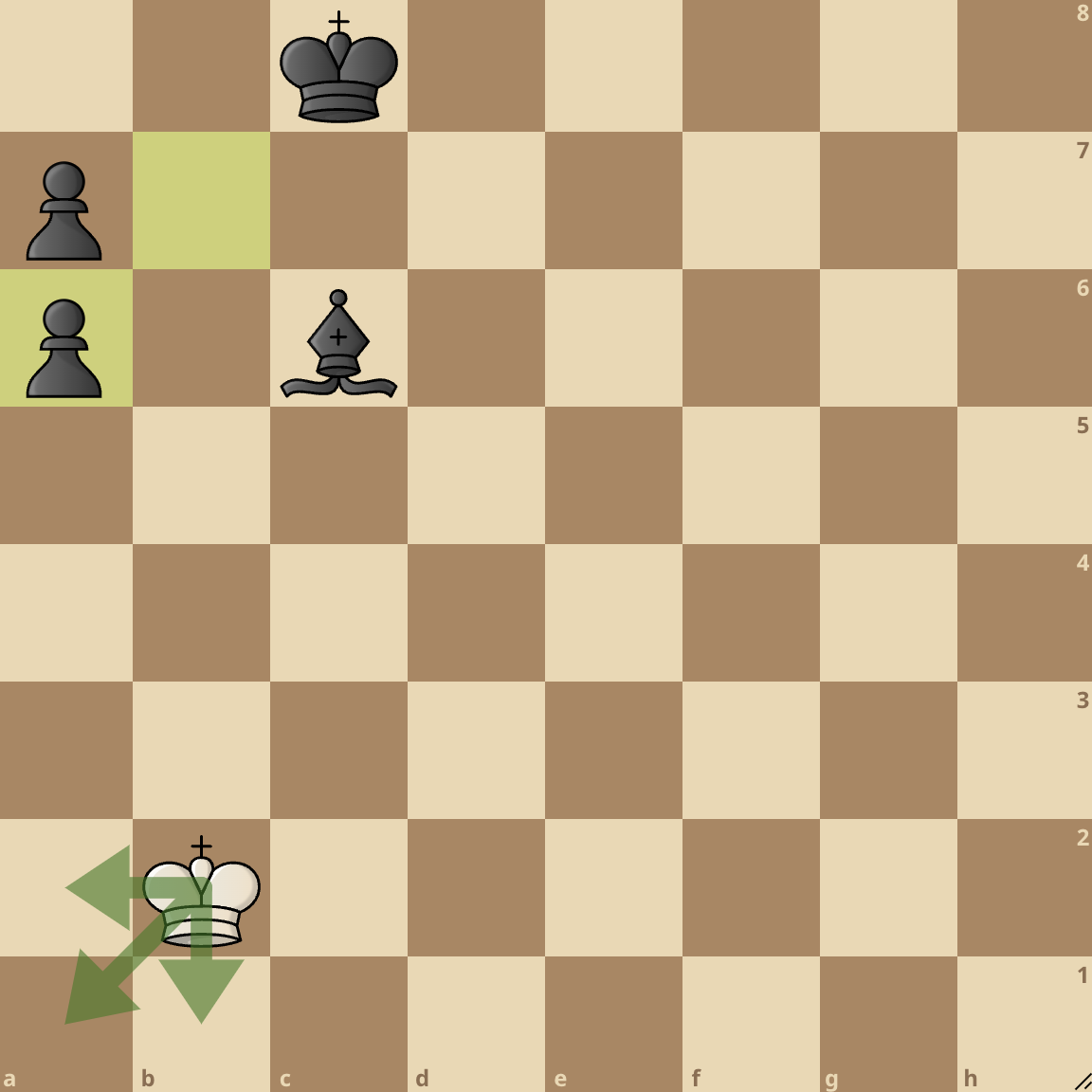
Can this always work in all similar positions? No, not at all.
Why did it work here? Because of the Black’s king position on c8. It’s too far from the queening square.
If Black could, he’ll try to avoid this idea by playing b6 or even b5. However, he can’t because the pawn is pinned by the bishop on a6. You see why playing Rh8+ and Rxc8 was such a great idea.
Now, it doesn’t even matter if Black ignores the bishop and plays Kb8. White still goes ahead with the idea and play Bxb7 forcing Black to be stuck with a rook pawn and wrong bishop.
A possible continuation might get here:

And if Black pushes too hard, a stalemate happens.
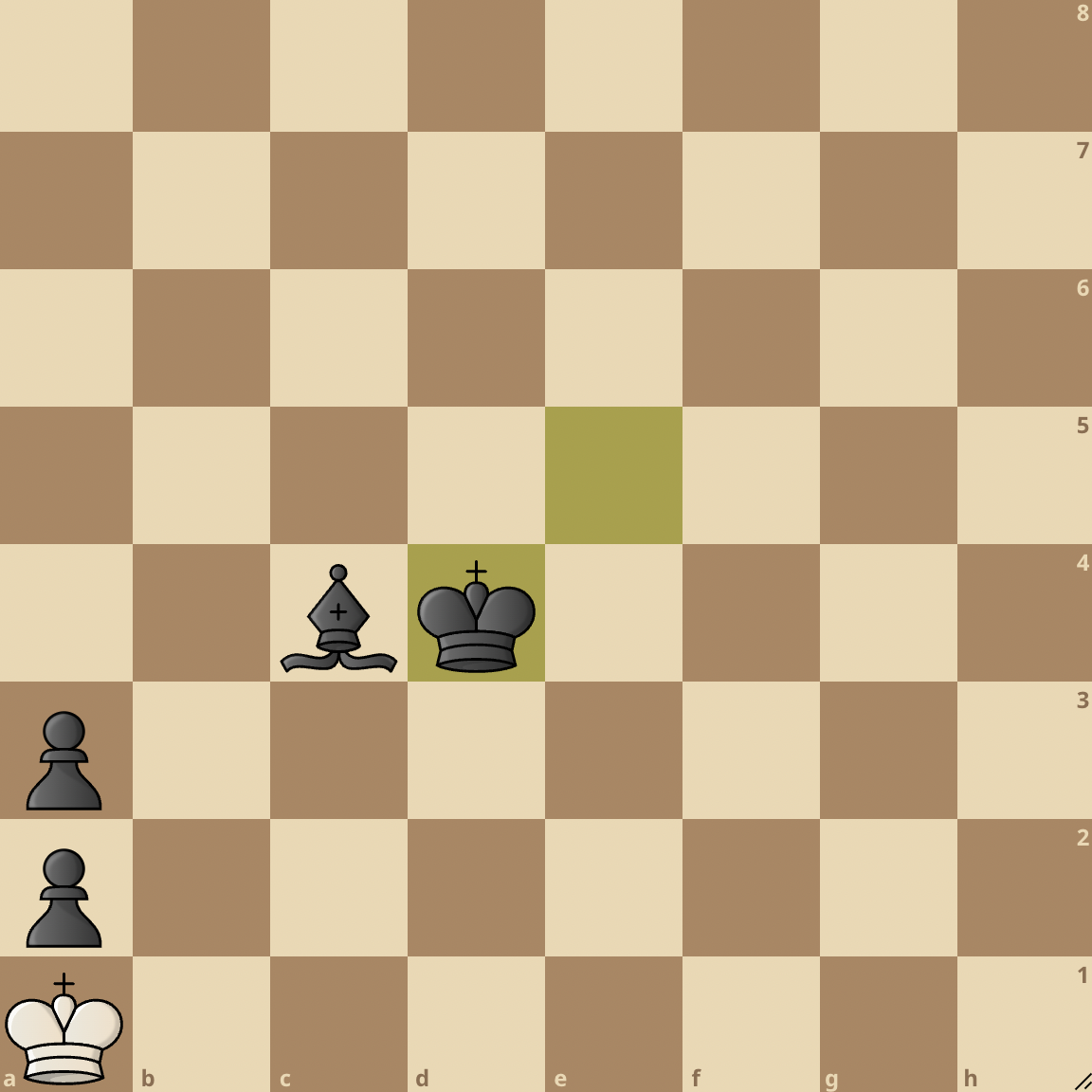
By now, you should have a very solid grasp of fortresses in chess. It’s one of the most effective defensive techniques in chess.
The key is limiting the movement of your attacking pieces and controlling key central squares.
Here is another position:

In the position above, Black is clearly better, if not winning.
However, White has formed this impregnable fortress with the help of the two knights supporting each other and also the pawn on b4. The king also has a pawn c2 cover.
It all looks like this:
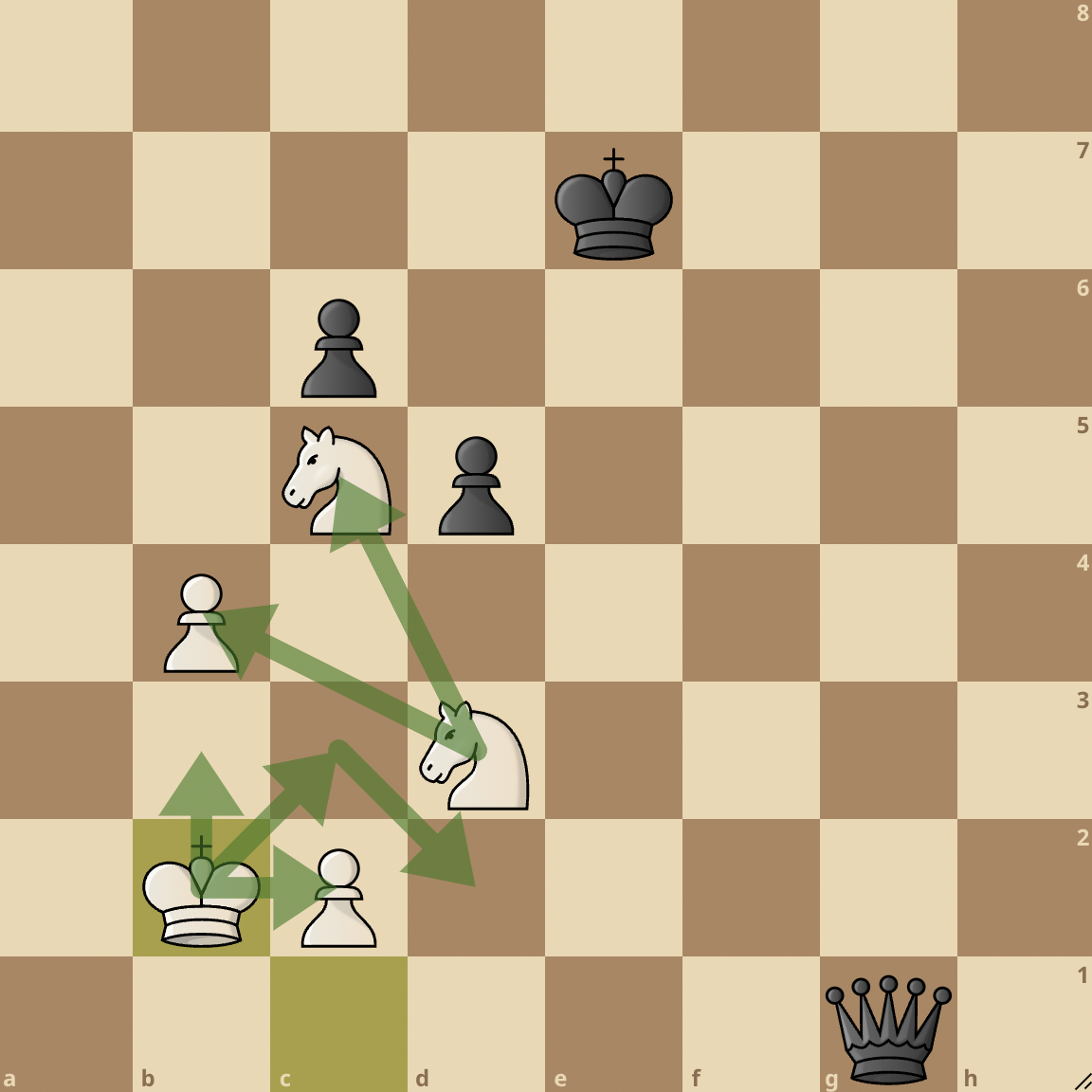
The pieces support one another and control weak squares that Black can’t find an easy way to break in.
The best option for Black is to move its king to b5-c4-c3 but of course, White won’t just be watching. With checks from the knights, Black has no way of making good progress.
Concluding Thoughts
So far, the only way to build a fortress is to keep your pieces coordinated and look out for opportunities.
If you’re on the losing side, quickly look for a way to build a defensive wall. If you’re on the offensive, find every way to prevent your opponent from building a solid fortress.
It’s also good to know that most fortresses have their respective weaknesses and the ability to hold a fortress well depends on the defensive player’s strength.
For example, Super grandmaster Sergey Karjakin was nicknamed “Minister of Defense” during the 2016 world championship match with Carlsen due to his superb defensive skills.
Someone like that can easily hold off a king + rook vs king + queen endgame against a casual club player but the reverse is not the case.
Most chess players are not good defenders so they can’t even hold fortresses for a long time if they were able to create them. (Learn the art of good defense here)
So, what can you do?
You just have to probe patiently to find the cracks and create an opening. Don’t make rash moves, instead develop your pieces steadily with each move.
Do this long enough and your opponent might crack under pressure or misplay his best chances. To your success!
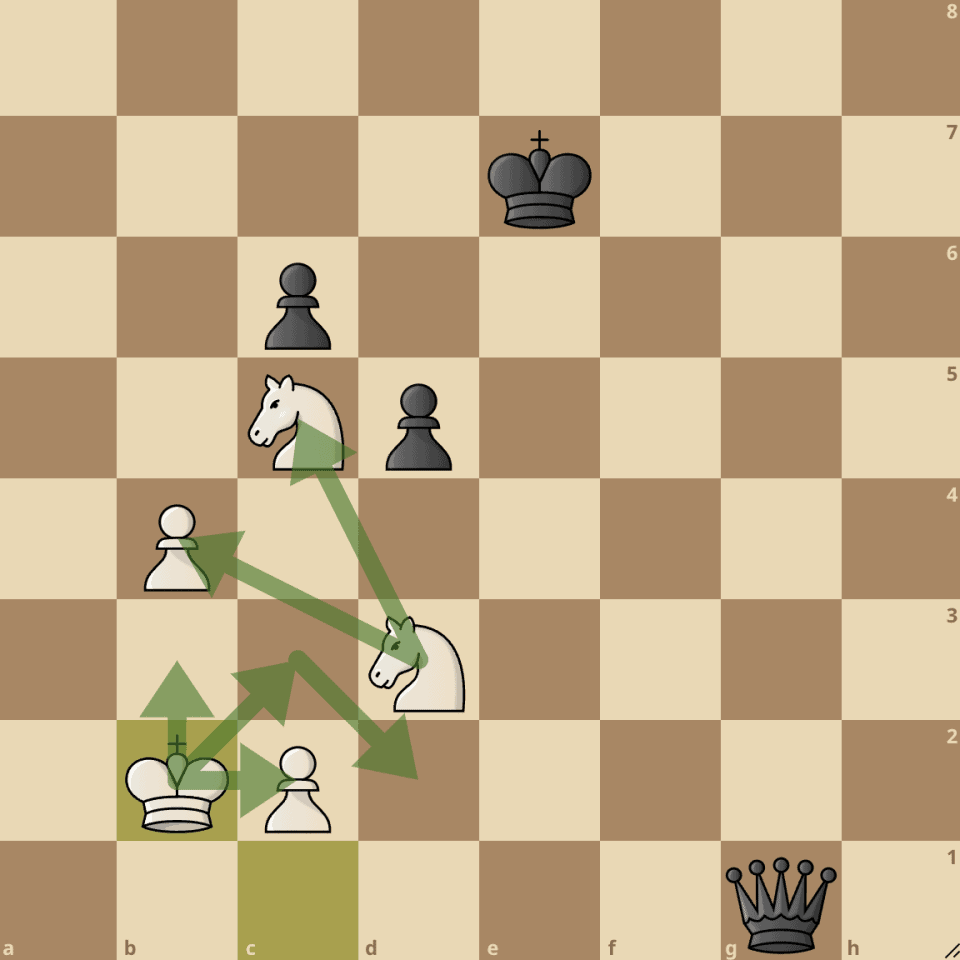





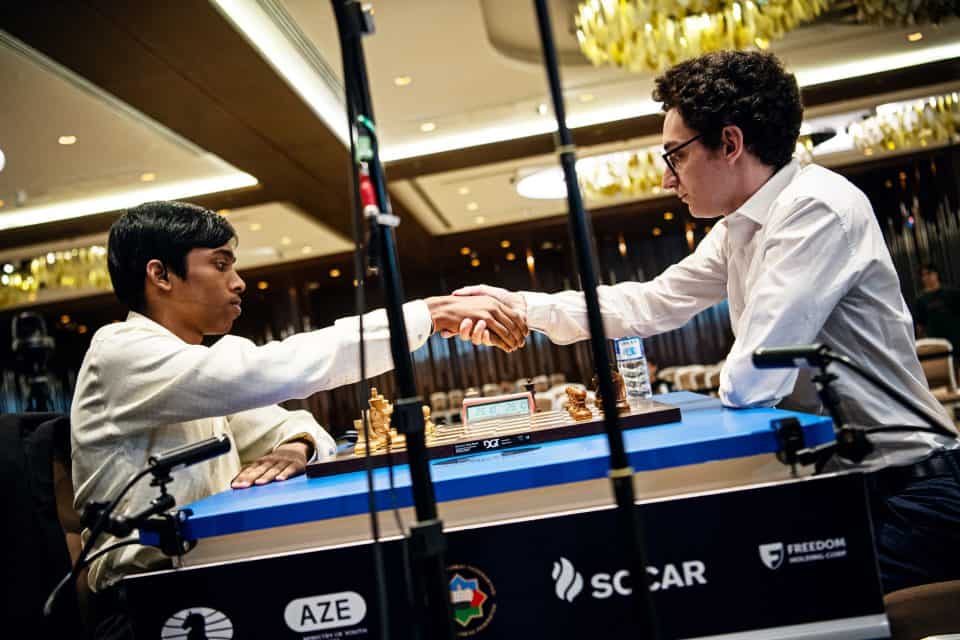
join the conversation